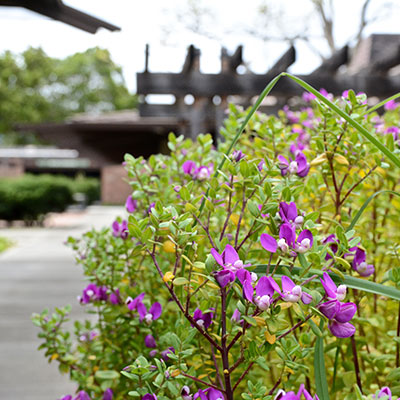
Sustainability Action Plan 2022
Solid Waste Programs and Projects
4.9 Solid Waste Reduction and Recycling
The district should strive to minimize solid waste to reduce greenhouse gas emissions and landfill deposits. Each campus receives waste disposal services from different municipally contracted companies that handle waste and recycling slightly differently. Below is a summary of the providers and services offered.
Recology South Bay serves both Foothill and De Anza. Recology offers a three-bin service to their customers, including trash, mixed recyclables and organic waste (green and food waste). However, the three-bin service has not been implemented at either campus, and all waste is removed as a single stream. The combined waste is transported to a material recovery facility (MRF), where it is sorted to remove recyclables.
The Sunnyvale Center is served by Specialty Solid Waste and Recycling. This is also a single-stream service.
This district would like to improve recycling and composting options and should take several steps to achieve this, as described below.

Questions?
We're Here to Help!
Foothill Energy & Sustainability Advisory Committee Members
ceballosjulie@fhda.edu
cormiarobert@fhda.edu
watsonbret@fhda.edu
